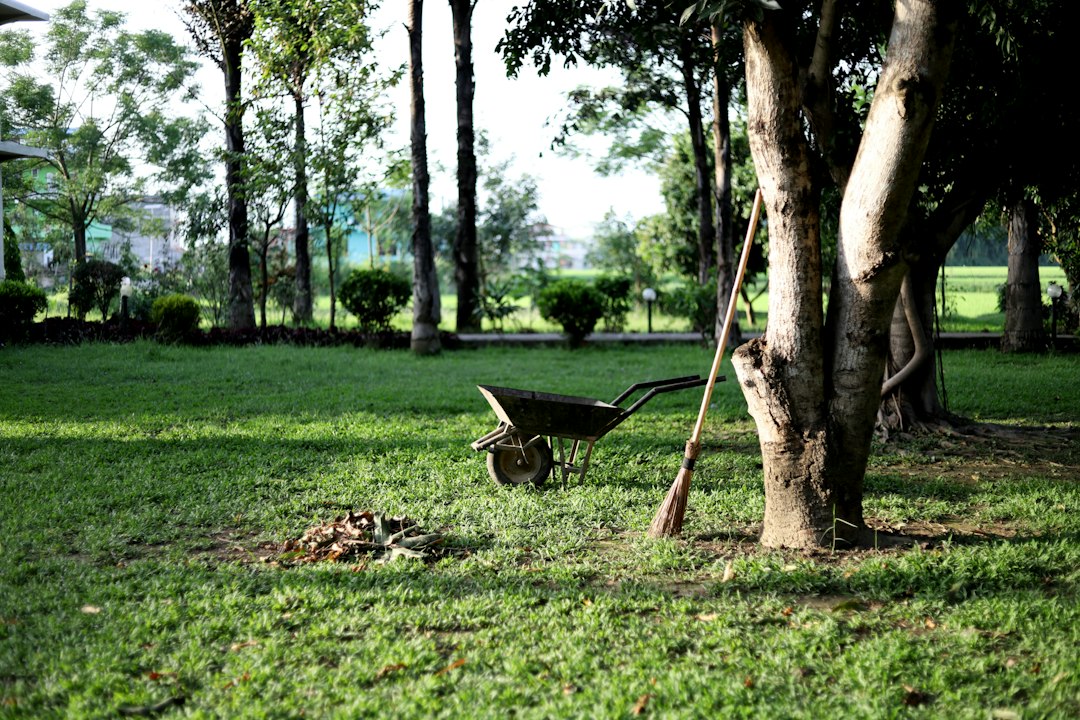All About Vertical Gardening
Gardening has been an essential activity for many individuals, not only for personal satisfaction but also for the benefits it provides to the environment. However, with limited space becoming a common issue in cities and urban areas, traditional gardening methods may not always be feasible. Here is where vertical gardening comes in as a practical, efficient, and innovative solution.
Vertical gardening simply means growing plants in a vertical manner, either on walls, fences, or specially designed structures. It involves using vertical space to maximize the potential of a garden, whether it be indoors or outdoors. Not only does vertical gardening save space, but it also offers various other advantages.
One of the key benefits of vertical gardening is its ability to maximize the use of sunlight. When plants are arranged vertically, they can receive more sunlight throughout the day compared to traditional horizontal planting. This allows for better photosynthesis, resulting in healthier and more productive plants. Additionally, utilizing vertical space can enhance air circulation, reducing the chances of diseases and pests infesting the garden.
Vertical gardening is also a great option for those who may have difficulty bending or kneeling to tend to plants. Plants can be conveniently placed at eye level, making watering, pruning, and harvesting easier and more convenient for individuals with limited mobility.
Furthermore, vertical gardening is a fantastic solution for those living in apartments or houses with limited outdoor space. By utilizing walls or fences, anyone can easily transform their balcony or backyard into a green oasis. Additionally, vertical gardens can be installed indoors, allowing individuals to enjoy the benefits of gardening even in small apartments or offices with no outdoor space.
There are various methods and techniques that one can adopt for vertical gardening. One popular method is using wall-mounted planters or modular systems specifically designed for vertical gardening. These systems often have pockets or trays that can hold the plants, allowing for easy installation and maintenance. Some of these systems even come with built-in irrigation systems, making it even more convenient for those with busy schedules. Alternatively, simple tools such as trellises or hanging planters can also be used to create vertical gardens.
When choosing plants for vertical gardening, it is important to consider their light and water requirements. Some plants may thrive better in a vertical setting than others. Vining plants such as tomatoes, cucumbers, or beans are excellent choices for vertical gardening as they naturally climb and can be easily trained on trellises or vertical supports. Leafy greens, herbs, and flowers can also be successfully grown in vertical gardens.
In conclusion, vertical gardening is a practical and efficient way to maximize the use of space, both indoors and outdoors. It offers numerous benefits, including increased sunlight exposure, better air circulation, and easier maintenance. Whether you have limited outdoor space, physical limitations, or simply want to create a unique and visually appealing garden, vertical gardening is an excellent option to consider. So go ahead and transform your walls and fences into a vibrant green space, and enjoy the many rewards of a vertical garden.
